Moon Infected With Lifeforms After Space Accident?

In a development leaping straight from the pages of sci-fi, a space accident from over five years ago might have contaminated the moon with lifeforms. Indeed, the groundbreaking snafu stemmed from the February 22, 2019 botched landing of the Beresheet probe, an unmanned spacecraft developed by SpaceIL and Israel Aerospace Industries.
The Beresheet Probe
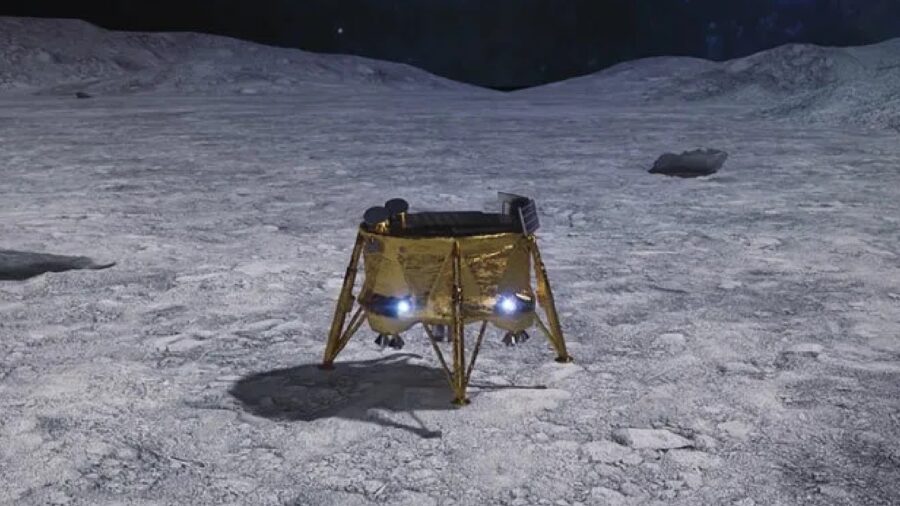
The probe embarked on what scientists intended to be a historic journey: the first privately funded mission to accomplish a soft landing on the lunar surface. Snugly aboard the probe’s payload were tiny tardigrades, microscopic creatures renowned for their peerless resilience to the harshest of conditions. After a series of technical malfunctions, the probe crash landed on the lunar surface.
The Crash
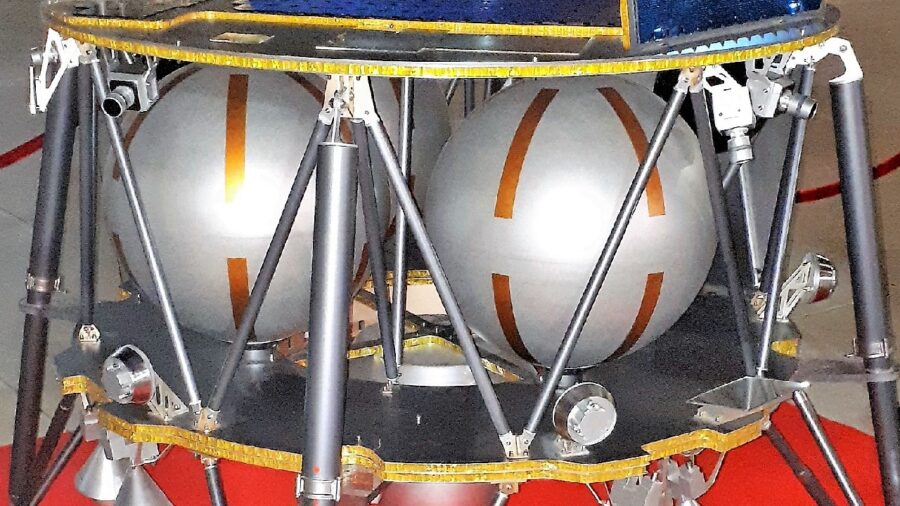
The journey of Bereseheet that lead to possibly infecting the moon with microscopic lifeforms was fraught with issues from the outset. Most prominently, a gyroscope malfunction led to the spacecraft’s braking system going haywire, eventuating a crash landing at 500 kilometers an hour. The high-speed crash flung the probe’s remains across the lunar landscape—and with them, the microscopic passengers.
Did The Tardigrades Survive?
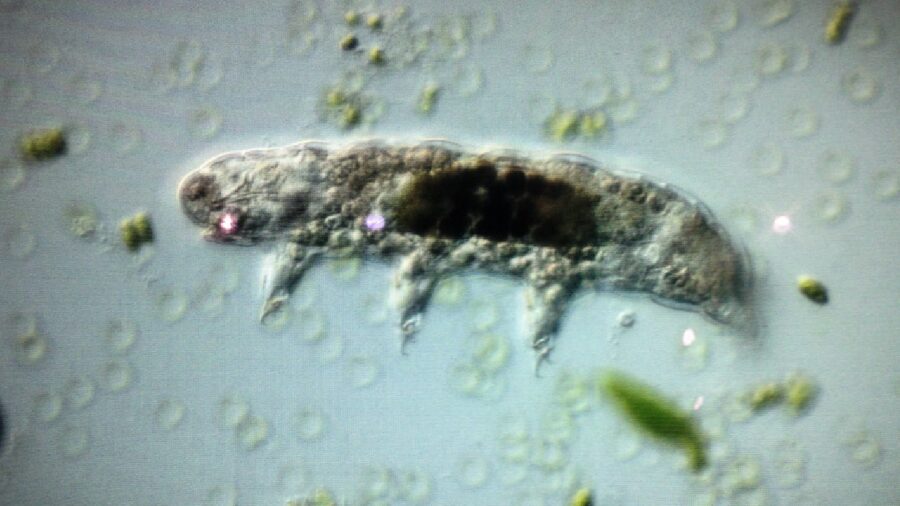
This incident sparked a lively scientific debate surrounding tardigrades and whether the little creatures, famed for their incredible survival skills, can hack it–and perhaps even thrive–on the moon.
You might have heard tardigrades referred to by their more common—and cute—title, “water bears.” These lifeforms that could be making themselves cozy on the moon are less than a millimeter in length; they display an incredible ability to withstand extreme environments. Indeed, environs that would otherwise be lethal to most other lifeforms are perfectly habitable for tardigrades.
They’re Tough Little Guys
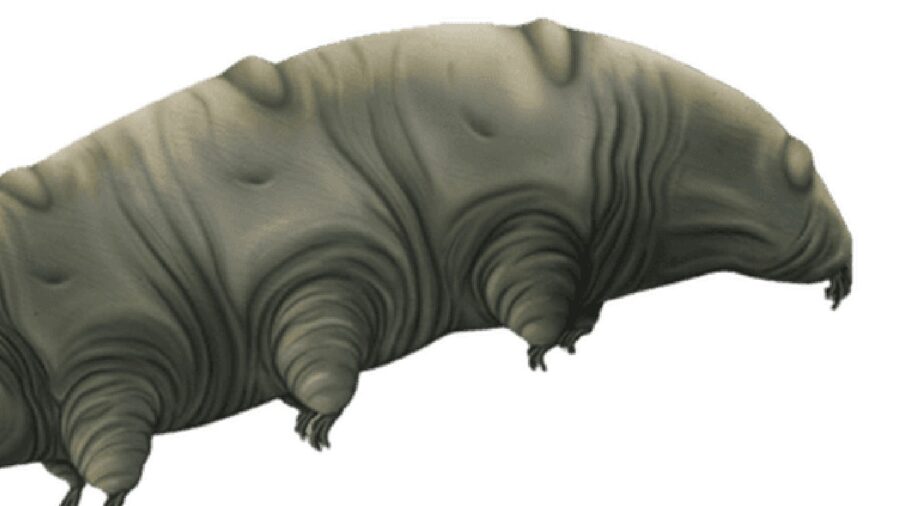
What environments can tardigrades call home? For starters, temperatures ranging from near absolute zero to far beyond the boiling point of water, or habitats subjected to lethal levels of radiation—even the total vacuum of space. For water bears, unlike almost every other lifeform, these conditions are habitable. The tardigrades can withstand them through entering a state referred to as cryptobiosis.
Cryptobiosis
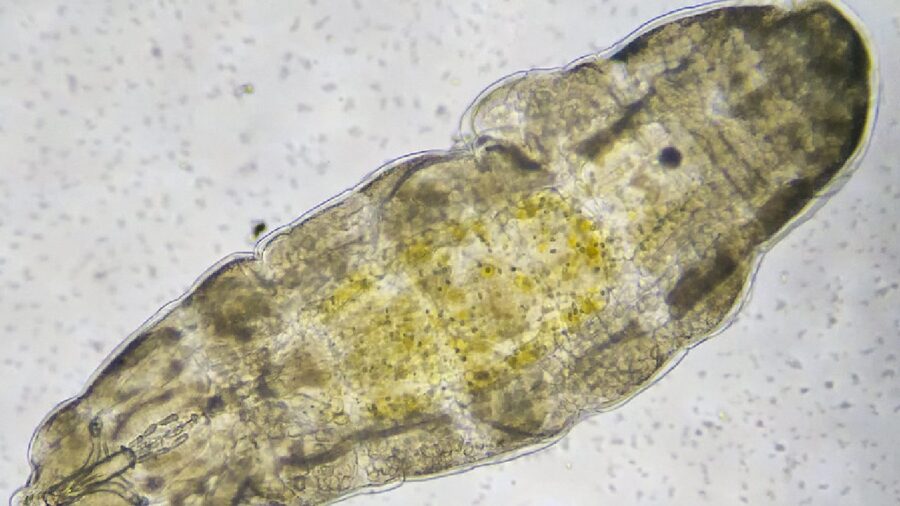
When tardigrades go into cryptobiosis, they more or less shut down their metabolism, becoming desiccated until they rehydrate.
Theoretically, if these lifeforms are enduring the moon, its through cryptobiosis. And while it may sound like sci-fi, the possibility of water bears surviving the crash on the moon’s surface is not far-fetched, given their demonstrable resilience. That said, the lunar environment, generally considered untenable for life, is not exactly the Ritz-Carleton.
The Moon May Prove Too Much

The moon’s surfaces feature enormous challenges–extreme temperature fluctuations, a lack of water and oxygen, and regular exposure to solar and cosmic radiation. While tardigrades have been observed to withstand high-velocity impacts, alongside surviving in the vacuum of space, the moon’s utter lack of essential elements for life (as we know it)—like liquid water and oxygen—means it an inhospitable environment for water bears to exit cryptobiosis and reproduce.
Bigger Questions About Exploration

These problematic conditions notwithstanding, the existence of these tiny lifeforms on the moon, even in their hardy inactive state, raises urgent considerations about space exploration and the real potential for contaminating celestial bodies. The more space exploration accelerates, the greater the risk of unintentionally exposing other planets to Earth-based lifeforms–like the lifeforms potentially on the moon.










